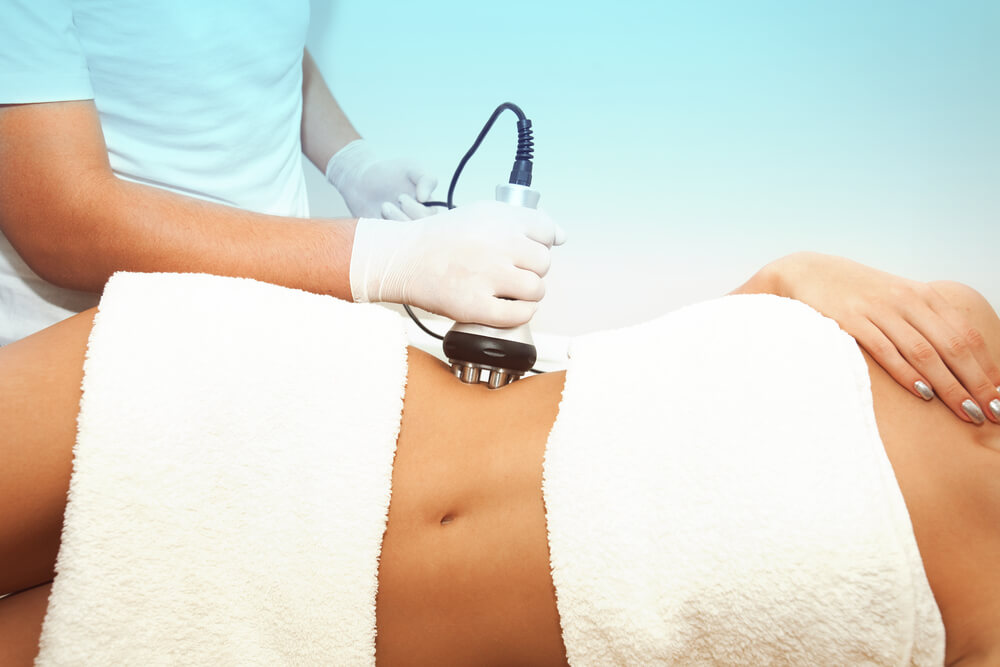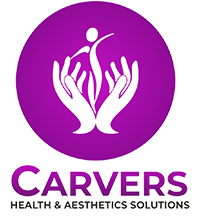
What Is Ultrasonic Cavitation Treatment
What Is Ultrasonic Cavitation Treatment
Ultrasonic cavitation, commonly known as ultrasonic lipolysis, is a body sculpting procedure that removes fat deposits beneath the skin. It’s also known by its brand names, such as Liponix and Ultrashape.
This treatment is a less invasive alternative to surgical procedures such as liposuction. Ultrasonic radio waves are used to break up fat cells, which are then taken into the body by the lymphatic system.
Ultrasonic cavitation differs from similar procedures such as ultrasound liposuction in that it does not require any incisions. This implies that recovery will be simpler. It also implies that the outcomes may be less obvious.
Ultrasonic cavitation’s ideal candidate:
- is in good physical condition
- doesn’t smoke
- has a realistic outlook
- is already 15 pounds under their target weight
Ultrasonic cavitation is a fat-targeting technique that can help you contour your physique. It is not a treatment for persons who want to drop a lot of weight quickly.
The verdict on how well ultrasonic cavitation works is still out. There is promising evidence that this is a successful body contouring procedure.
Keep reading to learn everything you need to know about the expenses, side effects, process, recovery time, and more if you’re contemplating this treatment for yourself.
How much does ultrasonic cavitation cost?
Ultrasonic cavitation is a cosmetic technique that is considered elective. That implies you’ll have to cover the entire cost of the therapy, as well as any additional costs. Body contouring, which incorporates ultrasonic cavitation, is often not covered by insurance.
The average cost is dependent on a number of factors.:
- What kind of therapy machine is used?
- your provider’s level of expertise
- How many sessions do you require?
Nonsurgical fat reduction treatment costs around $1,300 on average.
Aside from your provider’s fee, there aren’t many other costs for this procedure. Typically, no anaesthetic is required.
Many individuals like ultrasonic cavitation because the recuperation time is very short.
This treatment is marketed as a “lunch break procedure,” which means that it may usually be done in under an hour. You may drive right away after having it done, and you can even go right back to work.
What happens during an ultrasonic cavitation session?
Ultrasonic cavitation is a rather basic operation.
Depending on the location of your body being treated, your doctor may ask you to undress in private and put on a paper gown on the day of your appointment.
Your doctor may use alcohol to disinfect the treatment area. They’ll slowly go over the target area of your body using a handheld ultrasound equipment.
During the operation, you may feel warm and hear a buzzing from the ultrasound equipment. Treatments last anywhere from 40 minutes to an hour.
ltrasonic cavitation side effects
Most people regard ultrasonic cavitation to be a low-risk treatment. The following are common side effects::
- redness
- bruising
- headache
The skin may not absorb the fat equally once it has broken down in some circumstances. After ultrasonic cavitation treatment, your skin may develop lumps, pimples, and troughs.
Follow-up treatments may be able to correct these skin abnormalities.
What to expect after ultrasonic cavitation
You should be able to stand and drive yourself home after ultrasonic cavitation.
Bruising and pain are usually minor. After the treatment, you’ll be told to drink as much water as possible to help your body drain the fatty cells through your lymphatic system.
However, don’t expect immediate results. Your body may feel puffy or swollen following your appointment. The fat cells that have been displaced require time for your body to break down and disappear.
Treatments may need to be repeated in order to notice visible benefits. The majority of people who receive this treatment see their ultimate results in 6 to 12 weeks. Treatment usually takes 1 to 3 visits to see visible benefits.
As long as you eat well and exercise regularly, the effects of this treatment will last. If you live a sedentary lifestyle, fat deposits in previously treated areas may resurface.
